|
Congenital infiltrating lipomatosis of the face (CILF) is a rare disorder in which overgrowth of fatty tissue with infiltration of underlying structures leads to craniofacial deformities and asymmetry. Imaging plays an important role in the diagnosis, surgical planning and evaluation of underlying structures. To our knowledge, our case is the first to describe CILF associated with isolated enlargement of a cerebellar hemisphere in the absence of an enlarged ipsilateral cerebral hemisphere (hemimegalencephaly).
Congenital infiltrating lipomatosis of the face (CILF) is a rare congenital disorder characterised by overgrowth of fatty tissues of the face. Infiltration into adjacent soft tissues and bony elements leads to craniofacial deformities and asymmetry.1 It may be associated with neurocutaneous syndromes and intracranial abnormalities.2 Imaging plays an important role in the diagnosis, evaluation of underlying structures, detection of associated intracranial abnormalities and surgical planning.2,3,4
A male 1 year and 9 months old was referred for a magnetic resonance imaging (MRI) study of a left facial mass present since birth. The mother gave a history of two previous liposuctions performed at 3 months and 15 months of age. The mass recurred after each procedure. Previous ultrasound examination demonstrated a mass consisting of adipose tissue that was confirmed histologically.
MRI demonstrated an extensive, non-encapsulated left facial mass with signal corresponding to that of adipose tissue. The lesion extended into the left masticator, submandibular, parotid and parapharyngeal spaces with associated hypertrophy of the masseter muscle and the parotid and submandibular glands. Mild hypertrophy of the left sphenoid and maxillary bones as well as the ramus of the mandible was noted (Figures 1a–1b). The left cerebellar hemisphere was enlarged with slight displacement of the midline to the right (Figure 2a). There was no evidence of hypoplasias, dysplasias, infarction or previous infections of the cerebellum. The remaining soft tissues, bony elements and intracranial structures were unremarkable (Figure 2b).
 |
FIGURE 1: (a) Axial T2W MRI demonstrates an extensive, non-encapsulated left facial mass with fat signal (arrowheads) extending into the soft tissue spaces of the neck (short arrow) with associated hypertrophy of the left masseter muscle (asterisk) and parotid gland (open arrow). Mild hypertrophy of the left ramus of the mandible (long arrow) compared to the right can also be seen. (b) Axial fat suppressed image demonstrates complete suppression of signal within the lesion consistent with adipose tissue. |
|
 |
FIGURE 2: (a) Axial T2W MRI image of the posterior fossa demonstrates enlargement of the left cerebellar hemisphere (arrows) with midline shift to the right. (b) Note the normal size of the cerebral hemispheres on axial T2W MRI image more cranially. |
|
A diagnosis of CILF was made based on imaging findings, histology and clinical presentation.
CILF is a rare disorder of infancy and early childhood and is classified as a subgroup of lipoma.1,5 The aetiology is poorly understood. Slavin et al.6 introduced the term ‘congenital infiltrating lipomatosis of the face’ in 1983 and described the lesions as having the following characteristics:
- non-encapsulated proliferation of mature adipose tissue
- infiltration of muscle and adjacent soft tissues
- presence of fibrous tissue with various nerve bundles and thick walled vessels
- absence of lipoblasts and signs of malignancy
- hypertrophy of subadjacent bone
- congenital in origin with a tendency to recur after surgical excision.
CILF may occur as an isolated condition; or associated with intracranial abnormalities and neurocutaneous syndromes; or as part of ‘total unilateral hypertrophy’2. Intracranial abnormalities described include hemimegalencephaly, arachnoid cysts, mucosal neuromas and lipomas.1,3 To our knowledge, our case is the first in the literature to describe CILF associated with isolated enlargement of a cerebellar hemisphere in the absence of hemimegalencephaly (Figure 2a–2b).
The common clinical presentation of CILF is facial asymmetry at birth. Associated features described include: vascular blush, ptosis, enlargement of the lower lip, ipsilateral hemimacroglossia, increased facial hair on the affected side, early eruption of deciduous and permanent teeth, missing teeth associated with dentigerous cysts and ipsilateral hypertrophy of the underlying facial skeleton.1,7
The main role of imaging is to define the extent of lipomatous infiltration in underlying structures and facilitate the planning of surgery. The association of CILF with various intracranial anomalies is well established and emphasises the need for neuroimaging in these patients, even in the absence of neurological features.2,3,4
Radiologically, CILF is a non-encapsulated, diffusely infiltrating lipomatous mass with hypertrophy of underlying soft tissue structures and bony elements. Both computed tomography (CT) and MRI are useful in demonstrating the fatty nature of the mass (CT density of –65 to –125 Hounsfield units and MRI signal high on T1-weighted and T2-weighted images and low on fat suppressed images), as well as identifying underlying abnormalities. Although ultrasound can be helpful in confirming adipose tissue in the mass, it remains inferior to CT and MRI in demonstrating the extent of infiltration as well as the exact size of the lesion.7
There are no reports of malignant transformation of CILF and aesthetic appearance remains the main concern.7 Treatment modalities include surgical excision or liposuction, and the type of treatment depends on the extent of the lesion. As a result of the diffuse infiltration and involvement of underlying structures, complete surgical excision is often not possible, resulting in a high recurrence rate after surgical intervention.1
CILF is a rare congenital disorder characterised by overgrowth of fatty tissue of the face which leads to craniofacial deformity and asymmetry. Imaging plays an important role in the diagnosis and management. Our case is the first to describe CILF associated with isolated enlargement of a cerebellar hemisphere in the absence of hemimegalencephaly.
Competing interests
The authors declare that they have no financial or personal relationship(s) that may have inappropriately influenced them in writing this article.
Authors’ contributions
E.G. (University of Pretoria) wrote the original manuscript and worked on the literature review. J.S. (University of Pretoria) worked up the patient, contributed to diagnosis and was involved in the final editing of the document. F.E.S. (University of Pretoria and Steve Biko Academic Hospital) edited the document and contributed to writing the legends and preparing images.
- Mahadevappa A, Raghavan VH, Ravishankar S, Manjunath GV. Congenital infiltrating lipomatosis of the face: A case report. Case Rep Pediatr. 2012;2012: 134646. http://dx.doi.org/10.1155/2012/134646
- Flores-Sarnat L. Congenital infiltrating lipomatosis of the face: Recognition and pathogenesis. Neuropediatrics. 2012;43(6):346–348. http://dx.doi.org/10.1055/s-0032-1330853
- Unal O, Cirak B, Bekerecioglu M, Kutluhan A, Ugraş S, Tali T. Congenital infiltrating lipomatosis of the face with cerebral abnormalities. Eur Radiol. 2000;10(10): 1610–1613. http://dx.doi.org/10.1007/s003300000427
- Aydíngӧz Ü, Emir S, Karlí-Oğuz K, Kӧse G, Büyükpamukçu M. Congenital infiltrating lipomatosis of the face with ipsilateral hemimegalencephaly. Pediatr Radiol. 2002;32(2):106–109. http://dx.doi.org/10.1007/s00247-001-0614-2
- Sahai S, Rajan S, Singh N, Arora H. Congenital infiltrating lipomatosis of the face with exophytic temporomandibular joint ankylosis: A case report and review of the literature. Dentomaxillofac Radiol. 2013;42(3):16128745. http://dx.doi.org/10.1259/dmfr/16128745
- Slavin SA, Baker DC, McCarthy JG, Mufarrij A. Congenital infiltrating lipomatosis of the face: Clinicopathologic evaluation and treatment. Plast Reconstr Surg. 1983;72(2):158–164. http://dx.doi.org/10.1097/00006534-198308000-00006
- Heymans O, Ronsmans C. Congenital infiltrating lipomatosis of the face. Eur J Plast Surg. 2005;28(3):186–189. http://dx.doi.org/10.1007/s00238-005-0739-x
|